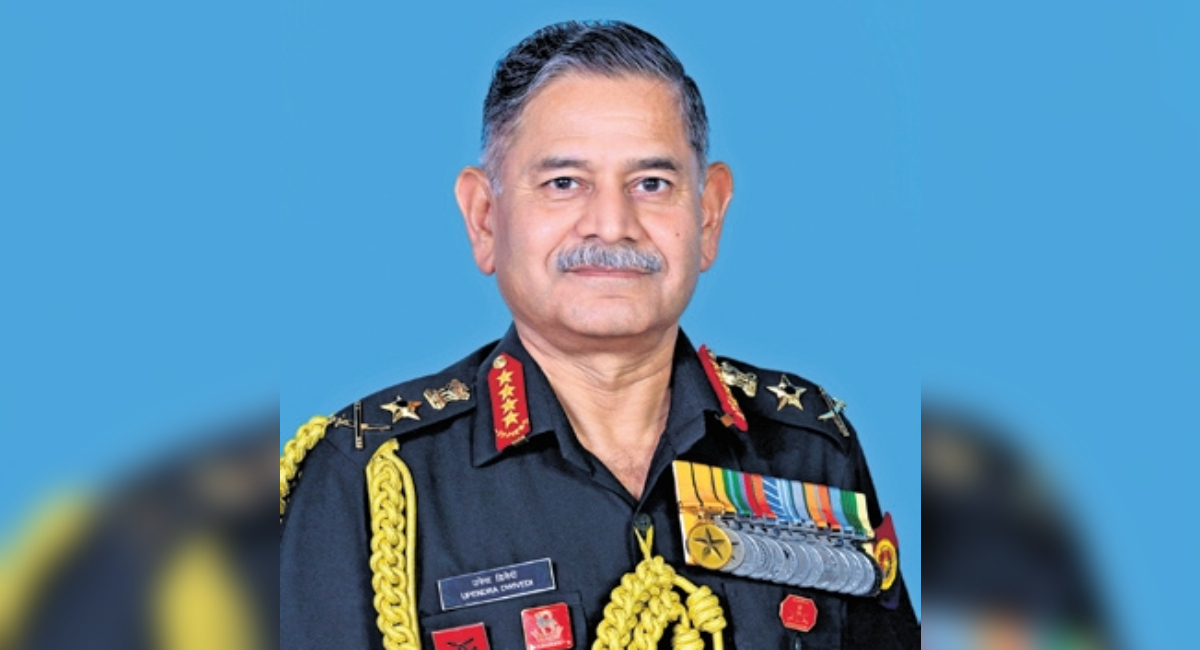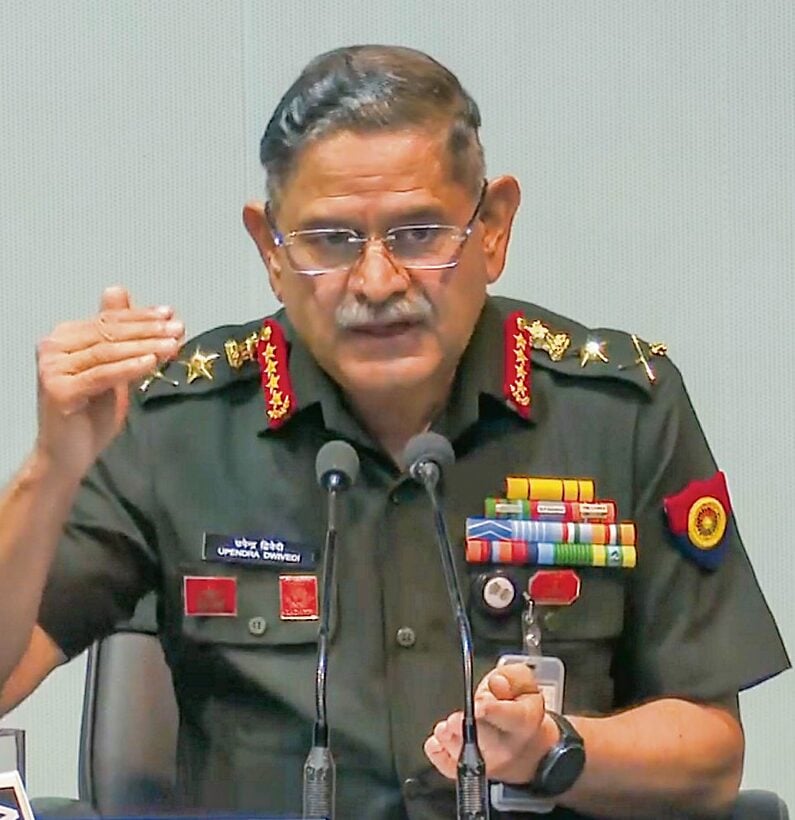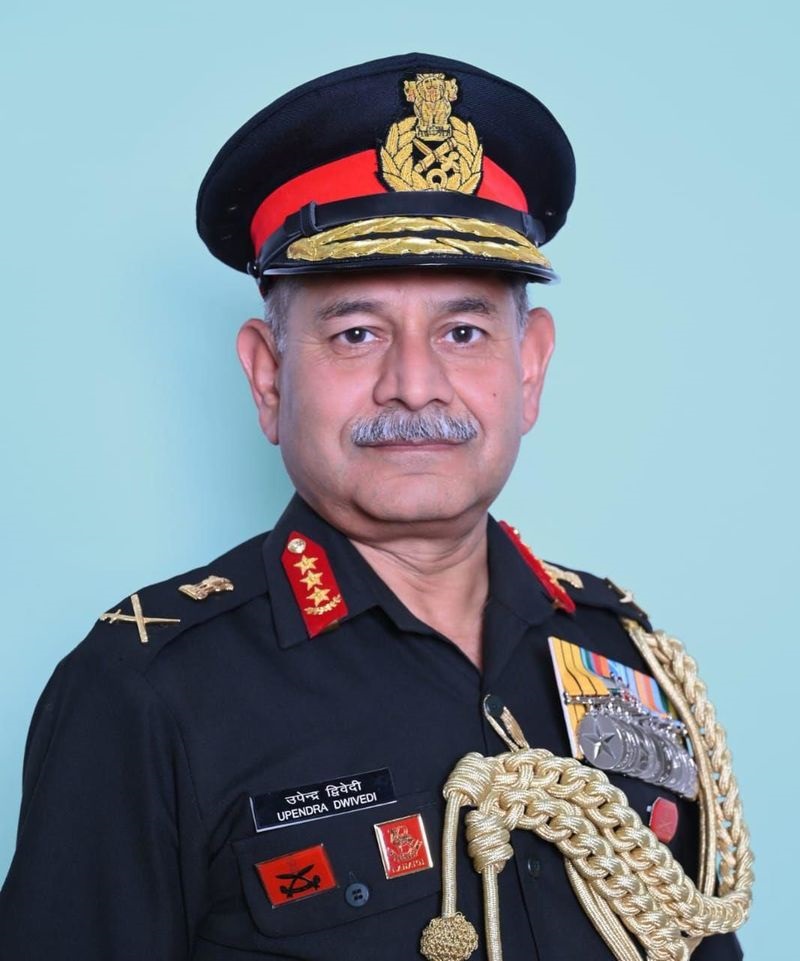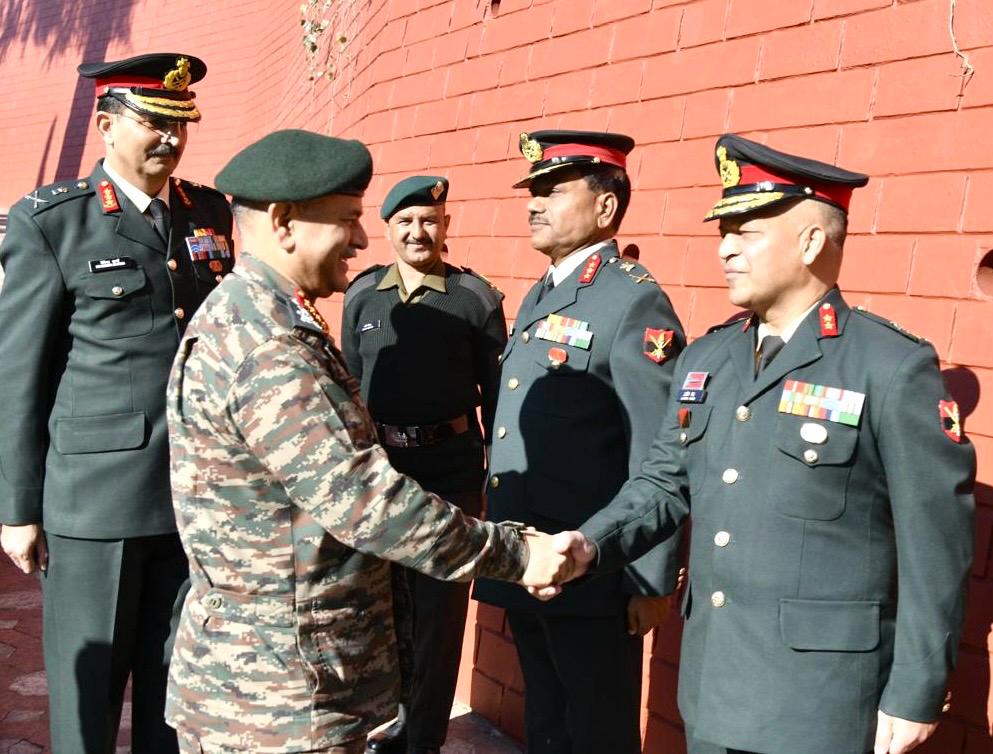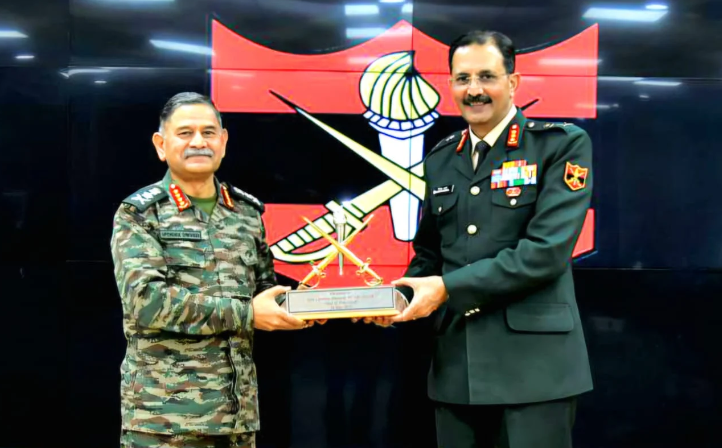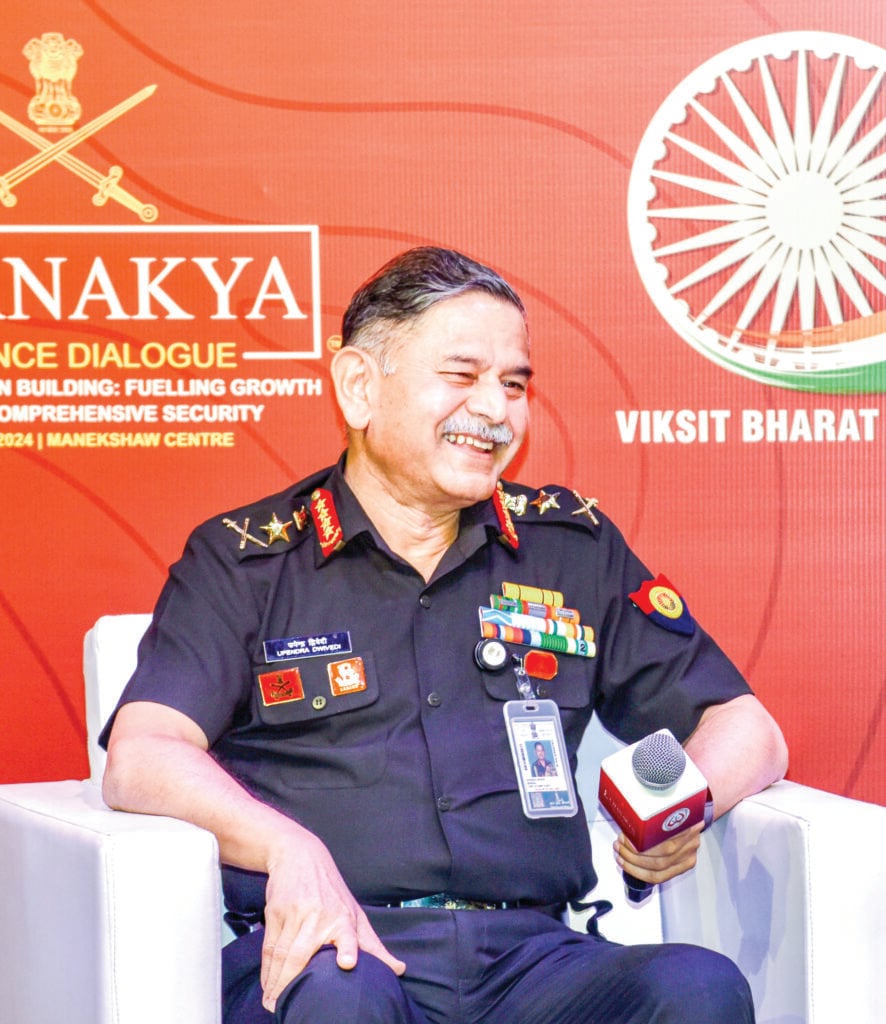Nepal to Honor Indian Army Chief Gen Upendra Dwivedi with General Rank
In an embodiment of the enduring military partnership between India and Nepal, President Ram Chandra Paudel is set to bestow…
Army Chief General Upendra Dwivedi to Visit Nepal Amid Strained Military Recruitment Relations
In a significant development for India-Nepal relations, Army Chief General Upendra Dwivedi is set to embark on an official visit…
Indian Army Chief General Upendra Dwivedi to Strengthen Military Ties with Nepal Amid Recruitment Dispute
Army Chief General Upendra Dwivedi is scheduled to visit Nepal next week, aiming to strengthen military ties between the two…
Army Chief General Upendra Dwivedi Visits ARTRAC in Shimla, Emphasizes Modernization and Training Initiatives
General Upendra Dwivedi, the Chief of the Army Staff, conducted a significant visit to the Army Training Command (ARTRAC) located…
General Upendra Dwivedi Visits ARTRAC, Emphasizes Training Modernization and Technological Advancements
Chandigarh witnessed a significant visit by the Chief of the Army Staff, General Upendra Dwivedi, to the Army Training Command…
General Dwivedi’s Visit Strengthens Century-Long India-Nepal Military Ties Ahead of Nepal PM’s China Trip
In a significant development highlighting the longstanding military collaboration between India and Nepal, Army Chief General Upendra Dwivedi is preparing…

